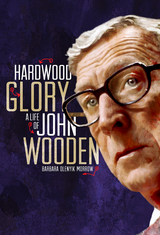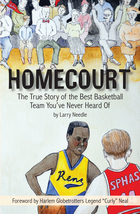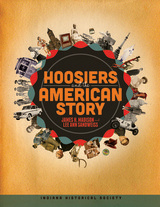6 start with H start with H

In Hannah Arendt’s Little Theater, the philosopher Hannah Arendt is about to finish her last book, but she is sure something is missing. As she puzzles over her words, she is visited by a friend from the past—none other than her nine-year-old self! Reluctantly, she accepts young Hannah’s helping hand, joining the small blue-cardiganed girl on an adventure through the streets of New York City to a tiny theater where they watch a frightening play about a town terrorized by an evil wolf and his pack of puppets. But, even in the blackest moments, when evil seems sure to prevail, it is always possible to turn things around. Could the same be said of the “theater” of the real world, in which real people come together to create change?
Plato & Co.’s clear approach and charming illustrations make this series the perfect addition to any little library.


This addition to the Badger Biographies series tells the story of four young inventors who shared a dream: to create the best motorized bicycle in America. Their turn of the century aspirations took them from a backyard machine shop to a highly successful business empire - and all in the span of just a few years. With grit, determination, and not a little elbow grease, Bill Harley and the Davidson brothers - Arthur, William, and Walter - used their engineering and machine-shop expertise to continually perfect their designs and present the best possible products to the American public. Along the way they made their mark on the racing circuit and introduced safety measures that continue to this day. After their deaths, their sons and daughters continued this legacy, buying back the company after it changed hands and re-establishing Harley-Davidson as the king of the motorcycle world. From the old Knucklehead, Panhead and Shovelhead motors to the Evolution, Revolution and Twin Cam engines that followed, the story of Harley and the Davidsons remains one of the great success stories of the 20th century.



READERS
Browse our collection.
PUBLISHERS
See BiblioVault's publisher services.
STUDENT SERVICES
Files for college accessibility offices.
UChicago Accessibility Resources
home | accessibility | search | about | contact us
BiblioVault ® 2001 - 2024
The University of Chicago Press









